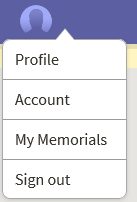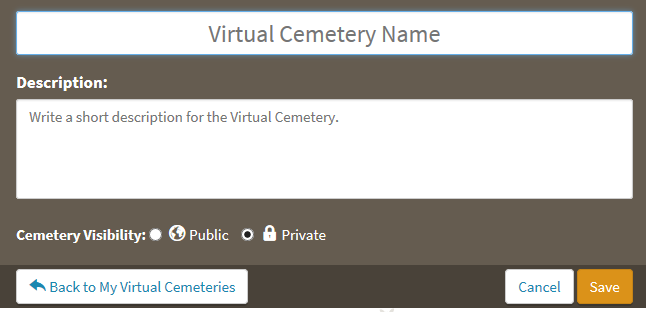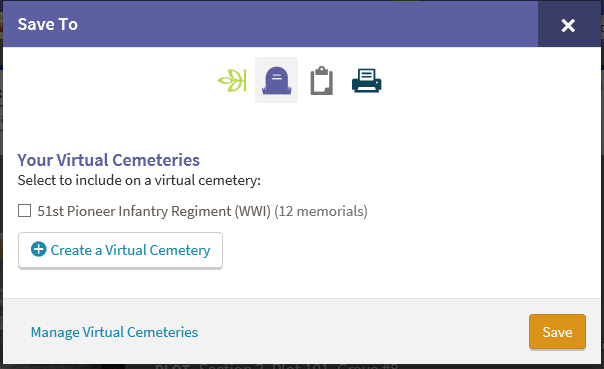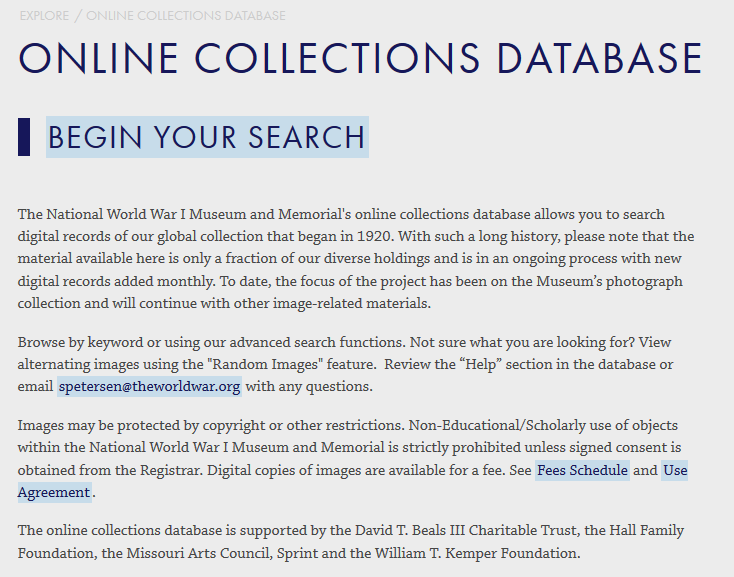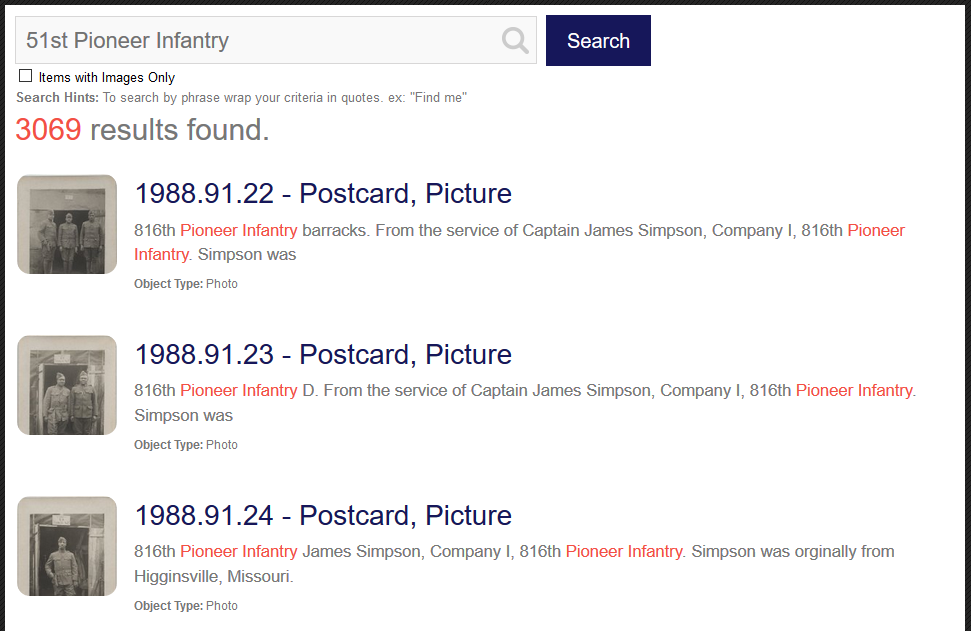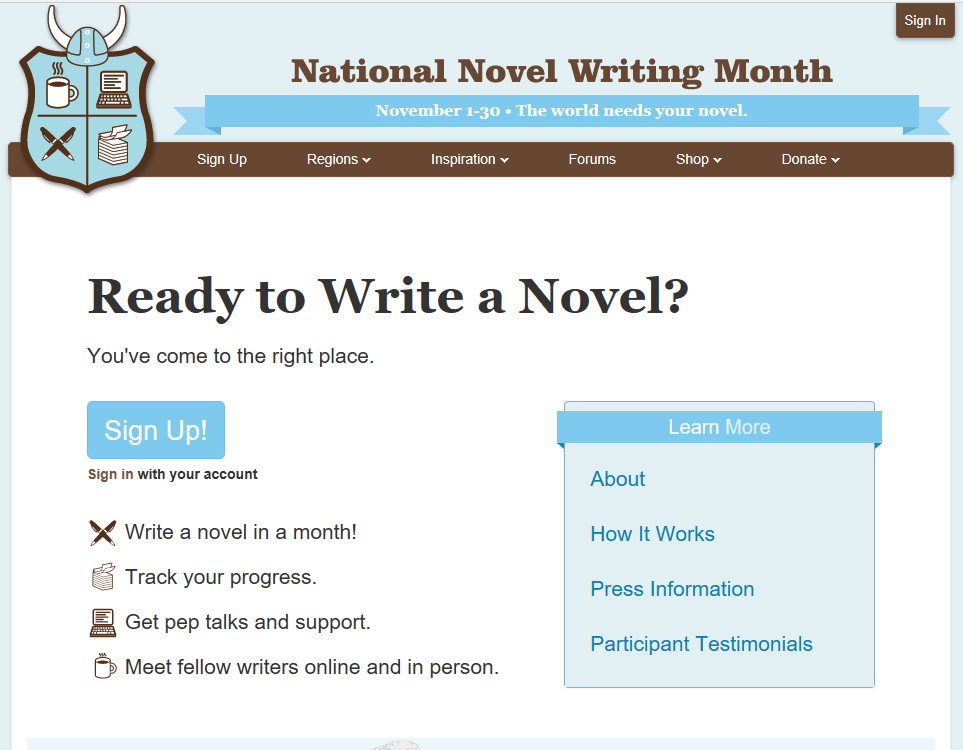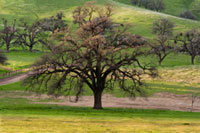5 TV Shows That Teach Us About Genealogy
We’ve all watched and enjoyed specific television shows dedicated to genealogical audiences, such as “Who Do You Think You Are?” and “Genealogy Roadshow”. But are you learning about genealogy from other TV shows?
“Catfish”
The investigation phase of each episode is filled with techniques to search the internet and social media for a person’s real identity and location. You may have had an ancestor who used aliases or whose images might be clues.
“The Curse of Oak Island”
Family stories can turn into treasure hunts.
There is always a grain of truth in the stories that are handed down. It may take a lot of digging to find the truth. As a metaphor for the search for ancestors, the number of pits promise riches but yield conflicting clues.
“The Big Bang Theory”
No ancestor was an island. Each person is surrounded by family, neighbors, and a community.
Neighbors like Penny remind us that sometimes our ancestors did not travel far to find spouses. Coworkers can become part of a family of choice. Those non-blood relatives may have pictures you have never seen and stories about your ancestors you have never heard.
“Myth Busters”
Make a hypothesis! Assemble all possible information you can. Then test it, to see if it is: busted, confirmed, or plausible. Modify your hypothesis as necessary.
“The Lone Ranger” and reruns of other favorite shows
Are any of the shows that you enjoyed as a child rerun on television? Watching them may be a pleasant enough experience on its own. When you watch them, they may trigger memories of times and places. Those memories are great to capture. But a deep memory may also be the key you that unlocks a clue to solve one a pesky family mystery.

